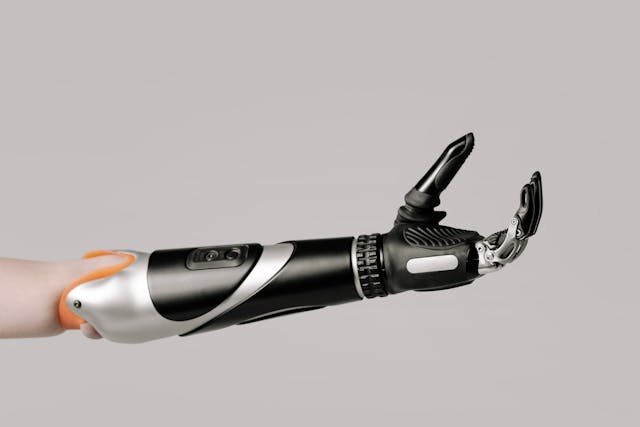Myoelectric trans-radial prosthetics are transforming the way individuals with below-the-elbow amputations regain hand function. Unlike traditional prosthetics, which rely on cables or manual control, myoelectric prosthetics use electrical signals from muscles to enable natural, intuitive movements. This technology has advanced significantly, improving precision, comfort, and adaptability for users.
With rapid developments in robotics, artificial intelligence, and material science, myoelectric prosthetics are becoming more sophisticated. These innovations are not just about restoring function—they are about improving quality of life, increasing independence, and making prosthetic use more seamless than ever before. Let’s explore the latest breakthroughs in myoelectric trans-radial prosthetics and what they mean for users.
Advanced Muscle Signal Processing: A New Level of Precision
Myoelectric prosthetics function by detecting electrical signals from the remaining muscles in the forearm. The way these signals are processed directly affects how smoothly and accurately the prosthetic hand responds.
High-Density Electrode Arrays for Better Signal Detection
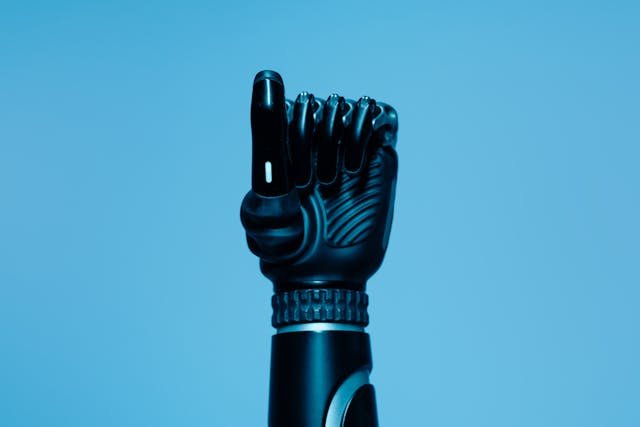
Traditional myoelectric prosthetics use a limited number of electrodes to pick up muscle signals, but newer models now feature high-density electrode arrays. These electrodes provide better coverage, capturing subtle muscle contractions with greater precision. This means that users can control their prosthetic hands with improved accuracy and responsiveness.
With better signal detection, users experience smoother transitions between movements. Instead of making exaggerated muscle contractions, they can perform delicate tasks like gripping a fragile object, holding a pen, or using a touchscreen with more natural motion. This advancement reduces fatigue and frustration, making daily activities easier.
Machine Learning for Personalized Control
Another major innovation is the integration of machine learning algorithms into myoelectric control systems. These algorithms analyze muscle signals over time, learning the user’s unique movement patterns and adjusting accordingly. As the prosthetic “learns,” it becomes more intuitive, reducing the time needed for training and adjustment.
For example, a user who frequently switches between a power grip and a pinch grip will find that the prosthetic adapts to anticipate these changes. Instead of manually selecting a grip mode, the system gradually improves its response based on real-time usage. This makes the prosthetic feel like a natural extension of the body rather than a mechanical device.
Multi-Signal Processing for More Complex Movements
Older myoelectric hands often struggled with performing multiple actions at once. Users could open and close the hand but had difficulty controlling individual fingers or wrist rotation simultaneously.
The latest myoelectric prosthetics now use multi-signal processing, which allows for independent finger movement and simultaneous actions. This innovation enables users to perform complex tasks like playing musical instruments, typing, or handling small objects with precision. Instead of limiting movements to simple open-close motions, these advanced systems create a more lifelike and dynamic experience.
Sensory Feedback: Restoring the Sense of Touch
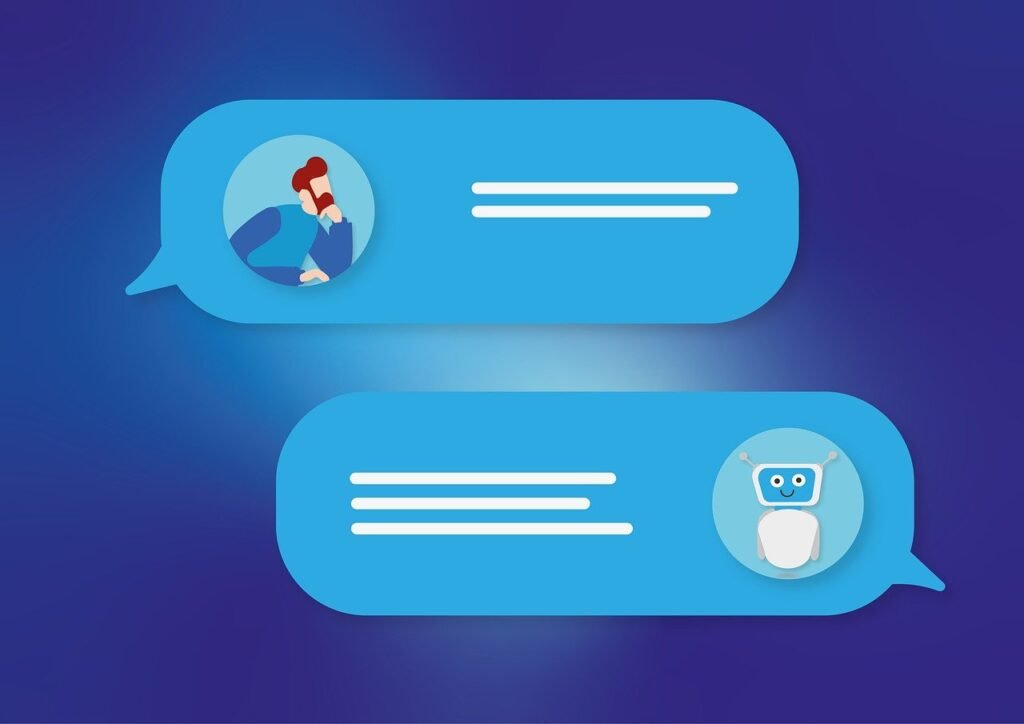
One of the biggest challenges for prosthetic users is the lack of sensory feedback. Without feeling pressure, texture, or grip strength, users must rely solely on visual cues to control their prosthetic hand. However, groundbreaking research is changing this.
Electrode-Based Tactile Feedback
Scientists are developing electrode-based feedback systems that stimulate the user’s nerves when the prosthetic hand touches an object. These systems send electrical signals to the brain, mimicking the sensation of touch. This innovation allows users to “feel” what they are holding, improving grip control and making interactions more natural.
For instance, when holding a soft item, the prosthetic hand can signal the user to reduce pressure. This prevents accidental dropping or crushing of objects, making everyday tasks like holding a cup or shaking hands feel more intuitive.
Haptic Vibration for Grip Awareness
Another approach to sensory feedback involves haptic vibration. Tiny motors embedded in the prosthetic hand generate vibrations based on the force applied. The stronger the grip, the stronger the vibration.
This feedback loop helps users adjust their grip strength without needing to constantly look at their prosthetic. It enhances confidence in using the prosthetic hand, especially for activities that require varying levels of pressure, such as writing or cooking.
Temperature Sensors for a More Realistic Experience
Recent innovations also include temperature sensors that allow prosthetic users to detect whether an object is hot or cold. While still in development, this breakthrough could help users avoid burns or discomfort from extreme temperatures. By integrating thermal feedback with existing sensory systems, myoelectric hands could provide a more immersive and lifelike experience.
Lightweight and Ergonomic Designs: Enhancing Comfort and Wearability
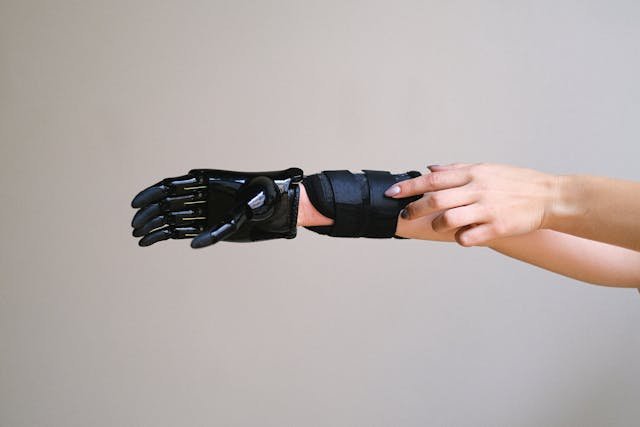
While functionality is crucial, comfort plays an equally important role in prosthetic adoption. A prosthetic hand that feels heavy or uncomfortable can discourage long-term use. Fortunately, new materials and design improvements are addressing these issues.
3D-Printed Custom Sockets for a Perfect Fit
One of the most important aspects of a prosthetic is the socket, which connects the prosthetic to the residual limb. Poorly fitted sockets cause discomfort, skin irritation, and even pressure sores.
To solve this, manufacturers are now using 3D scanning and 3D printing to create fully customized sockets. These sockets match the exact shape of the user’s residual limb, ensuring a snug and comfortable fit. The result is a more secure prosthetic that reduces friction and improves weight distribution.
Carbon Fiber and Titanium for Lightweight Strength
Traditional prosthetic hands were often heavy, causing fatigue and strain over long periods of use. Today, the integration of carbon fiber, titanium, and advanced polymers has made myoelectric prosthetics lighter without compromising durability.
These materials offer high strength-to-weight ratios, ensuring that the prosthetic remains sturdy while minimizing the burden on the user. This improvement is especially beneficial for individuals who wear their prosthetics for extended hours each day.
Improved Wrist and Finger Articulation
Older prosthetic hands often had limited wrist movement, making certain tasks difficult. However, the latest designs now incorporate improved wrist rotation and flexion, allowing users to move their prosthetic hands in a more natural manner.
Some advanced models even include passive adaptive fingers, which conform to the shape of objects automatically. This means users don’t need to exert extra effort to hold irregularly shaped objects, making gripping easier and more natural.
Wireless Connectivity and Smart Prosthetics
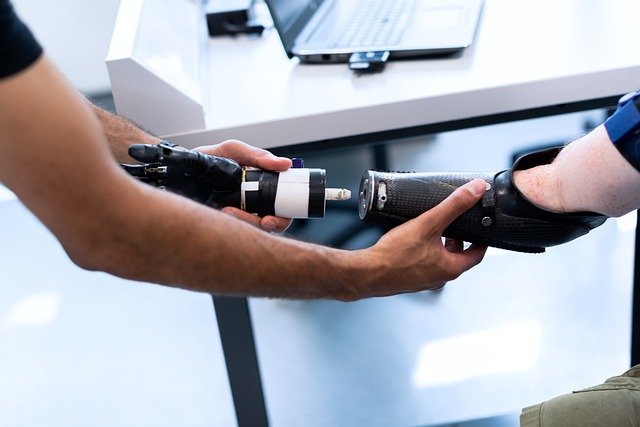
The latest generation of myoelectric prosthetics is integrating wireless technology to enhance user experience.
Bluetooth-Enabled Control Systems
Bluetooth-enabled prosthetics allow users to customize settings and switch between grip patterns using a smartphone app. This means users can fine-tune their prosthetic’s response speed, grip strength, and movement settings with ease.
For example, a user might need a stronger grip for lifting weights at the gym but a softer grip for handling fragile objects at home. With a smartphone interface, they can adjust these settings instantly, making their prosthetic more versatile.
AI-Powered Auto-Adjustments
Some high-tech prosthetics now feature AI-powered auto-adjustments, where the prosthetic hand automatically detects and adjusts its grip based on the object being held. This eliminates the need for manual grip selection, making the prosthetic feel more natural and intuitive.
For instance, if a user picks up a water bottle, the prosthetic can detect its shape and material, adjusting its grip accordingly. This technology is still in development, but it represents a major step toward fully autonomous prosthetic control.
Cloud-Based Learning and Updates
Future prosthetic hands will include cloud-based learning, where updates and improvements can be downloaded remotely. This means users can receive the latest software upgrades, new grip modes, and improved AI models without needing to replace their device.
Rehabilitation and Training: Maximizing the Potential of Myoelectric Prosthetics
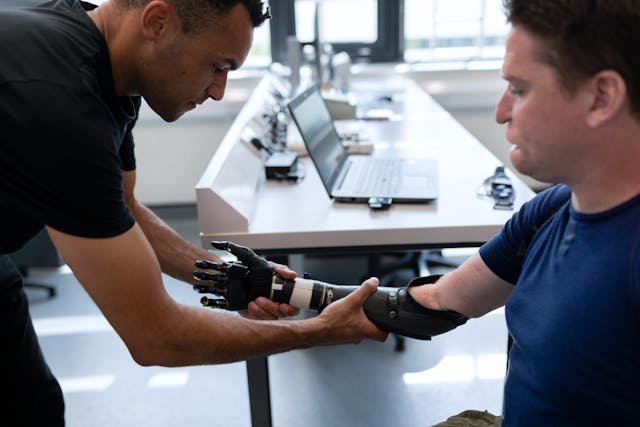
While advanced myoelectric prosthetics offer remarkable functionality, users must undergo proper rehabilitation and training to maximize their benefits. Learning how to control a prosthetic hand effectively takes time, practice, and expert guidance. A structured rehabilitation program ensures that users build confidence and seamlessly integrate their prosthetic into daily life.
Initial Training: Learning to Control Muscle Signals
For first-time users, the biggest challenge is learning how to generate the correct muscle signals to operate the prosthetic hand. Since myoelectric prosthetics rely on electrical signals from the forearm muscles, users must practice contracting and relaxing specific muscles to trigger different hand movements.
In the early stages of training, physical therapists or prosthetists guide users through exercises that strengthen residual limb muscles. Electrode placement plays a crucial role in detecting signals accurately, and adjustments may be needed to ensure optimal responsiveness.
To make training engaging, some rehabilitation programs use gamified therapy, where users practice controlling their prosthetic through interactive exercises and virtual reality environments. This not only helps improve muscle control but also keeps users motivated throughout the learning process.
Developing Everyday Skills and Dexterity
Once a user becomes comfortable generating muscle signals, the next step is practicing everyday activities. This includes simple tasks like picking up objects, grasping utensils, buttoning a shirt, or holding a smartphone.
Advanced myoelectric hands offer multiple grip patterns, such as power grip, pinch grip, and lateral grip. Users must train their muscles to switch between these grips smoothly, adapting to different tasks as needed.
Rehabilitation specialists often introduce task-specific training, where users practice real-life scenarios, such as preparing food, writing, or using tools. Over time, muscle coordination improves, allowing users to perform tasks more naturally without having to consciously think about every movement.
Long-Term Adaptation and Maintenance
Even after initial training, ongoing adaptation and maintenance are necessary to ensure long-term comfort and functionality. Since a user’s residual limb may change in shape over time, periodic socket adjustments are needed to maintain a proper fit.
Users also learn how to care for their prosthetic, including cleaning the socket, checking battery levels, and troubleshooting minor technical issues. Regular check-ups with a prosthetist help prevent discomfort and ensure that the prosthetic remains in optimal condition.
At Robobionics, we emphasize continuous support and personalized rehabilitation programs to help users transition smoothly into using their myoelectric prosthetic hands. Our goal is not just to provide advanced technology but to ensure that every user can fully integrate their prosthetic into their daily routine with confidence and ease.
Future Trends in Myoelectric Trans-Radial Prosthetics
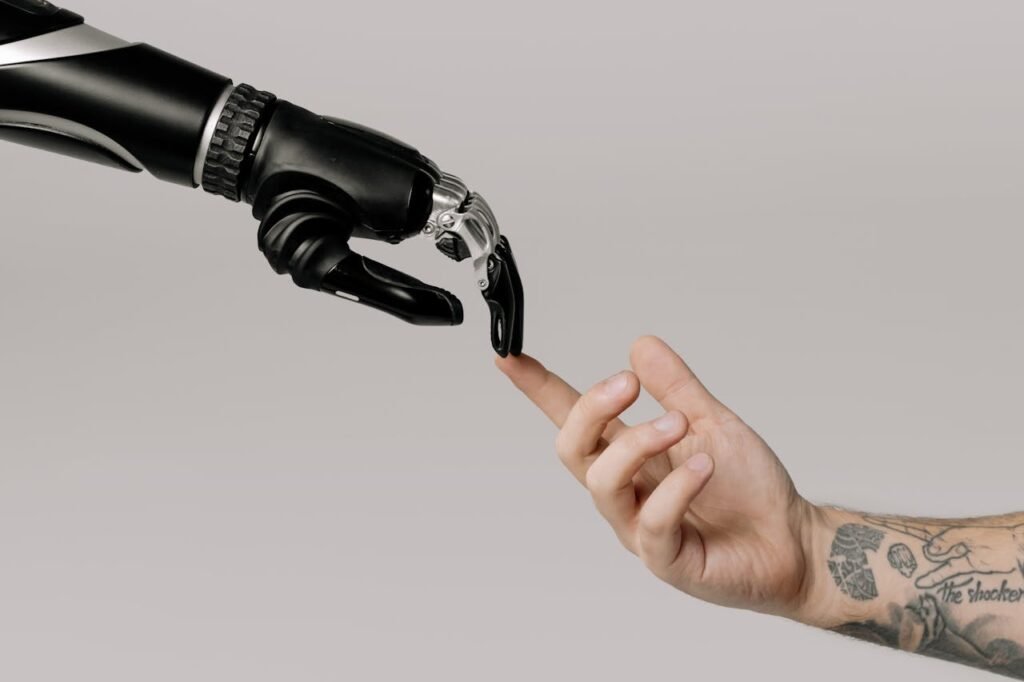
The field of myoelectric prosthetics is evolving rapidly, with new technologies pushing the boundaries of what prosthetic hands can achieve. From AI-driven automation to mind-controlled interfaces, the future holds exciting possibilities for individuals with trans-radial amputations. These advancements aim not only to improve functionality but also to make prosthetic hands feel more like natural extensions of the body.
Brain-Controlled Prosthetics: The Next Frontier
One of the most groundbreaking advancements in prosthetic technology is the development of brain-machine interfaces (BMIs). Instead of relying on muscle signals from the residual limb, BMIs allow users to control their prosthetic hand directly with their thoughts.
This technology works by implanting or placing electrodes on the scalp to detect brain activity. When a user thinks about moving their fingers or gripping an object, the system translates these neural signals into corresponding movements in the prosthetic hand. Unlike traditional myoelectric systems, which require muscle contractions, BMIs provide a more intuitive and seamless control experience.
While brain-controlled prosthetics are still in experimental stages, researchers have already achieved successful demonstrations of thought-controlled robotic limbs. In the future, this innovation could eliminate the need for electrode placement on the forearm, making prosthetic control more natural and effortless.
Bionic Hands with Self-Repairing Materials
Durability has always been a key consideration for prosthetic users, as artificial limbs are subjected to daily wear and tear. Scientists are now exploring self-healing materials that can repair minor damage without the need for external intervention.
Inspired by biological healing processes, these materials can automatically “seal” small cracks or scratches when exposed to heat, light, or chemical reactions. If integrated into prosthetic hands, self-repairing materials could extend the lifespan of myoelectric prosthetics, reducing the need for frequent maintenance and costly repairs.
Additionally, researchers are experimenting with smart skins—flexible, stretchable surfaces that mimic human skin. These synthetic skins contain embedded sensors that detect pressure, temperature, and texture, providing a more lifelike experience for users. This innovation brings prosthetic technology one step closer to fully replicating the function and feel of a natural hand.
The Rise of Ultra-Lightweight and Modular Prosthetics
Comfort is a major factor in prosthetic adoption. Heavier prosthetic hands can cause fatigue and discomfort, making long-term wear challenging. Future prosthetic designs will incorporate ultra-lightweight materials, such as graphene and aerogels, which offer exceptional strength while remaining almost weightless.
Additionally, modular prosthetics will allow users to swap out different hand components depending on their needs. For example, a user could attach a highly dexterous robotic hand for office work and later switch to a rugged, impact-resistant model for outdoor activities. This flexibility ensures that users are not limited to a single design but can customize their prosthetic hand for various tasks.
At Robobionics, we are closely monitoring these advancements to integrate cutting-edge innovations into our prosthetic solutions. Our goal is to provide users with the most advanced, comfortable, and adaptable prosthetic hands that fit their unique lifestyles.
Conclusion: A New Era for Myoelectric Prosthetics
The latest innovations in myoelectric trans-radial prosthetics are transforming the landscape of upper-limb prosthetics. From advanced muscle signal processing and sensory feedback to lightweight materials and AI-driven automation, these developments are making prosthetic hands more functional, comfortable, and intuitive than ever before.
At Robobionics, we are committed to staying at the forefront of these innovations, ensuring that individuals with trans-radial amputations have access to the best prosthetic technology available. If you’re looking for a prosthetic hand that fits your needs, contact us today for a consultation and explore the future of prosthetic mobility.



